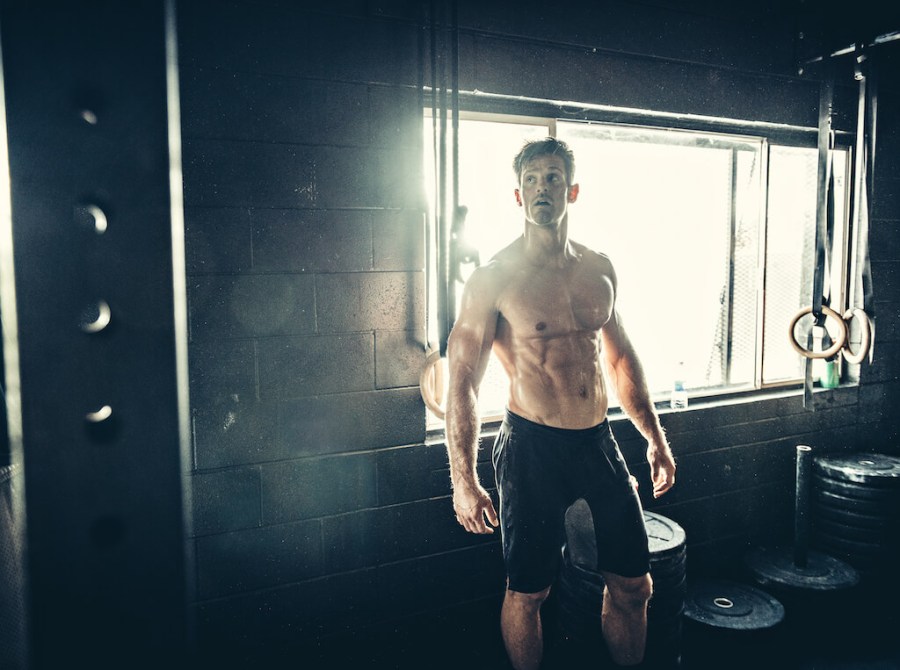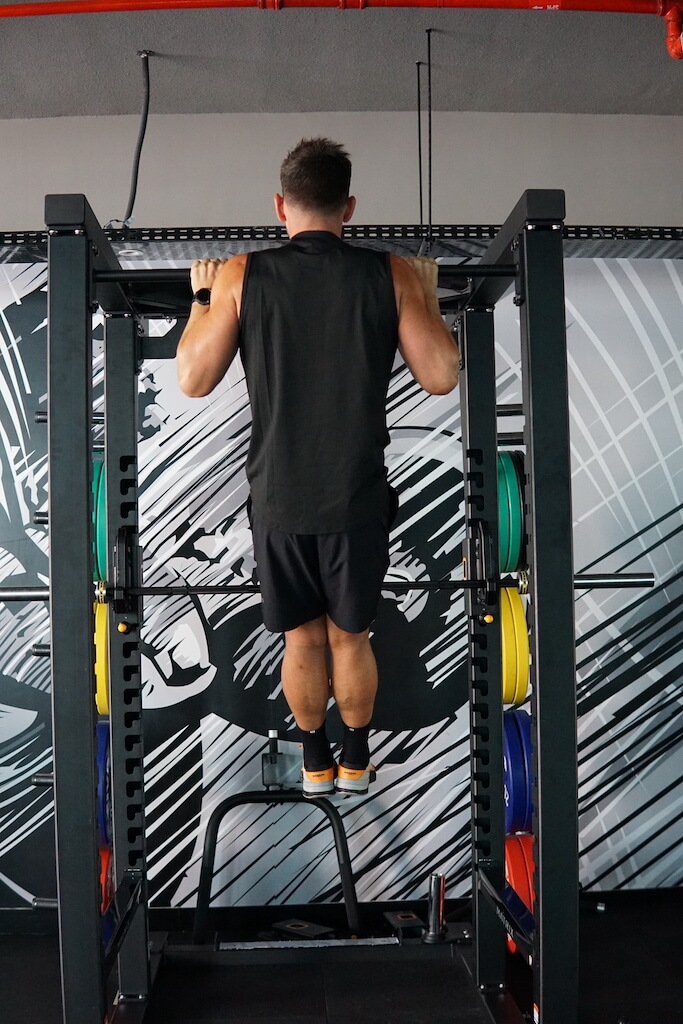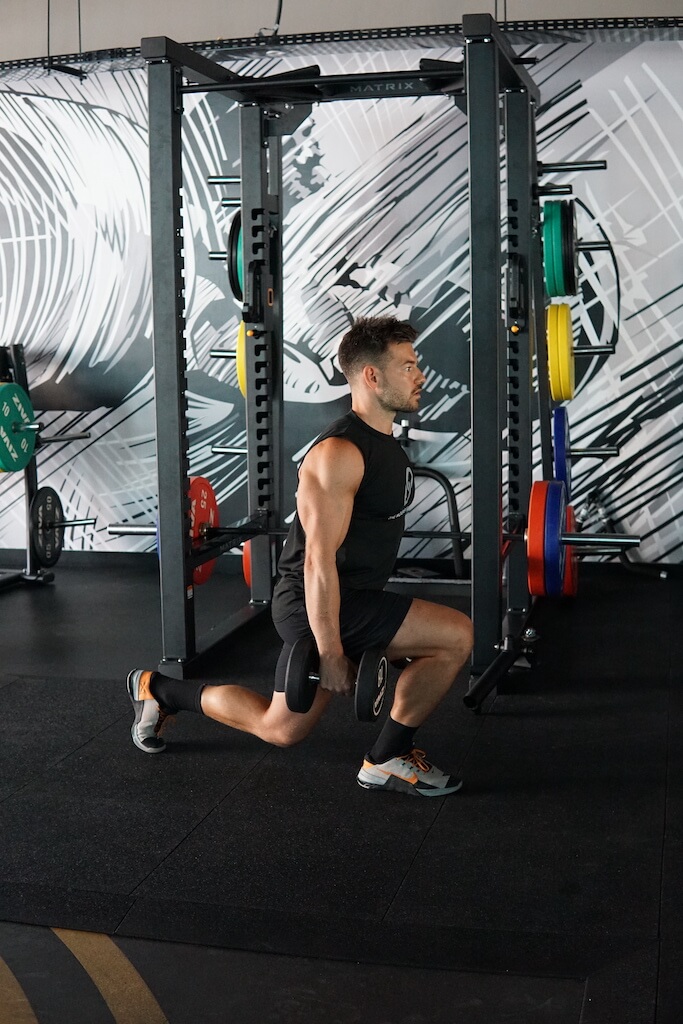If learning how to burn body fat is your goal, then strength training – alongside a solid nutrition strategy – is the best way to achieve it, as The Movement Blueprint’s Harvey Lawton explains…
Need a pair of dumbbells? Discover our pick of the best dumbbells for home workouts
There is no denying that one of the main drivers for people stepping into the gym and putting in the work is aligned with some form of body-composition goal. But fat loss is not an either/or. It also isn’t a by-product that will just ‘happen’ simply by going to the gym.
While this isn’t an article about nutrition, the fundamental principle of fat loss comes down to food and energy balance. The elements you can control in the gym, however, are the training and stimulus that you expose your body to. That is what we will dive into here.
Optimising your training to burn body fat will require a certain shift: a shift to fill your sessions with more work – namely, strength training. More work means greater metabolic stress on your body, requiring higher levels of effort and, in turn, utilising more glycogen (fuel).
Giving focus to each of the following areas within your strength training, alongside an optimal intake of high-quality foods, will not only support your desired goal to burn body fat, but will also see you unlock new levels of performance and aesthetics.
Increase your volume
This can be achieved either through the load you lift or by favouring higher rep ranges/density-based sessions (EDT = escalating density training, or GVT = German volume training).
These are great ways to keep stimulus high. Alongside the correct nutritional intake, it will also help to support excess fat loss.
Escalating density training involves completing as many reps as possible within a given time frame (usually 15 to 20 minutes), with strength and hypertrophy being the main aims. The most popular method is to combine two antagonistic exercises – pull-ups and lunges, say – and complete 6-8 reps of each in a superset format. Rest for 45-60 seconds after each superset and see how many reps you can manage within the time period. Progress is easily measured, because the next time you train you simply shoot for more total reps.
GVT is another high-volume protocol, which essentially involves 10 sets of 10 reps, with 60-second rests. Like EDT, you can combine antagonistic exercises in a superset format, or pick a big, compound lift – the squat, for instance – and shoot for 10 standalone sets of 10. To start, pick a weight you can manage 20 reps with, and stick with it for the full 10 sets.
Decrease your rest periods
You want a cardio stimulus? Here is a fail-safe way to get one. Decreasing your rest periods requires your body to utilise, optimise and prioritise fuel, oxygen delivery and effort to the working muscles.
If fat loss is the goal, whip up a sweat and stay sharp between your working sets!
Favour full-body or compound patterns
It is no secret that you will expend more energy (generally) during a lower-body training session than, say, an arms workout. That is because your lower body carries greater mass and therefore requires more energy to work.
That said, compound and multi-joint lifts also require the same stimulus. So, be sure to train the six key foundational movement patterns on repeat (lunge, hinge, squat, push, pull and carry).
Recover right
Recovery is one of the most untapped performance parameters. When we talk about recovery, we don’t mean the latest percussive massage gun.
Instead, we are referring to all the things that underpin your body’s readiness to perform – namely sleep, nutrition and hydration.
The better the quality of each of these components, the more your body will adapt, develop and regenerate. That will leave you ready to hit each training session hard, without going deeper into that physical stress pot.
Need help structuring your training? The Movement Blueprint TRAIN and PERFORM programmes will see you train with intent, burn fat and build strength month on month. Head over to themovementblueprint.co to find out more.









